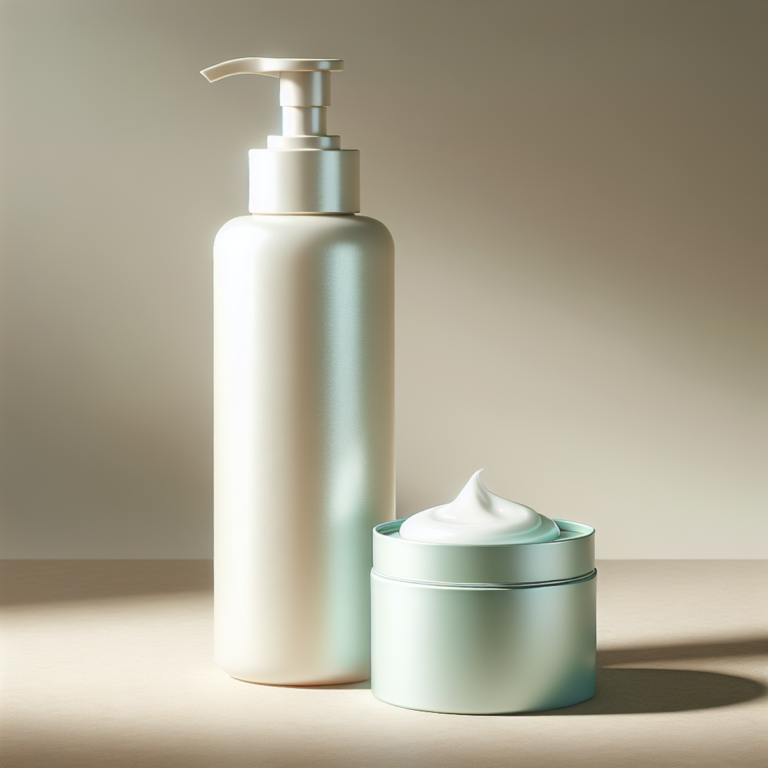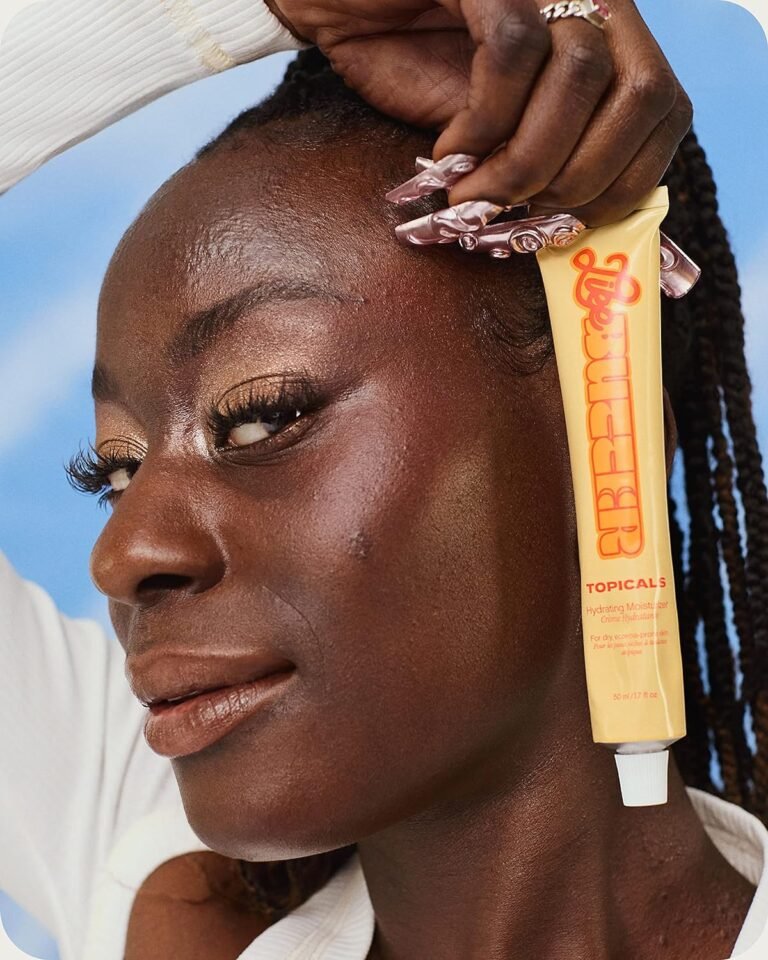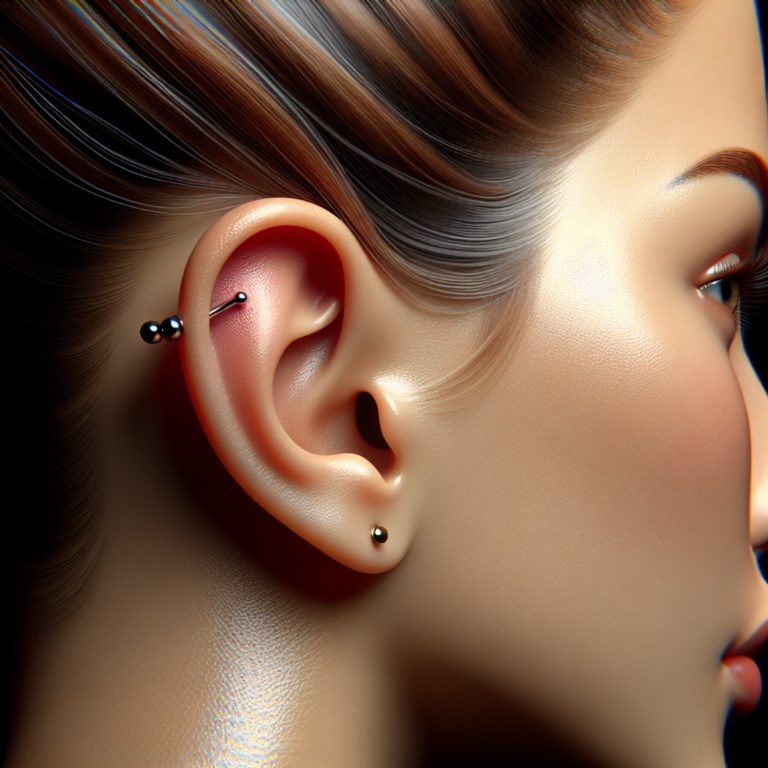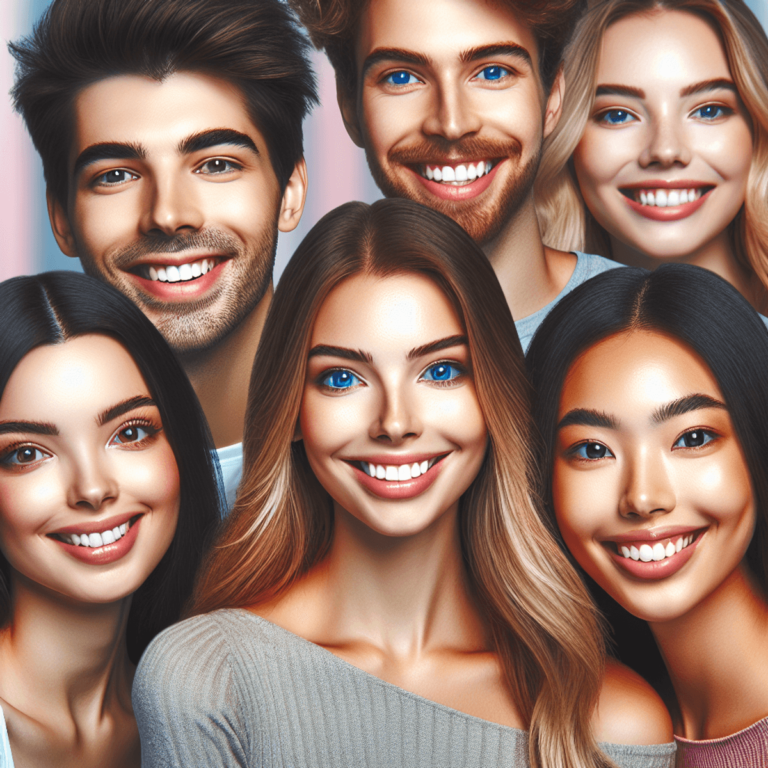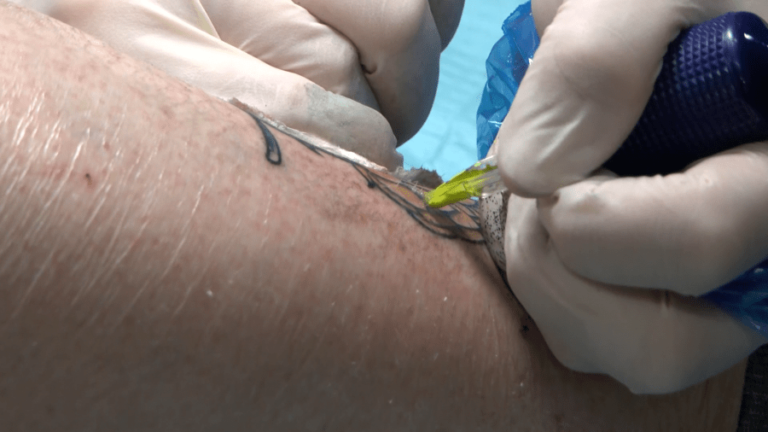How do i get rid of pimples
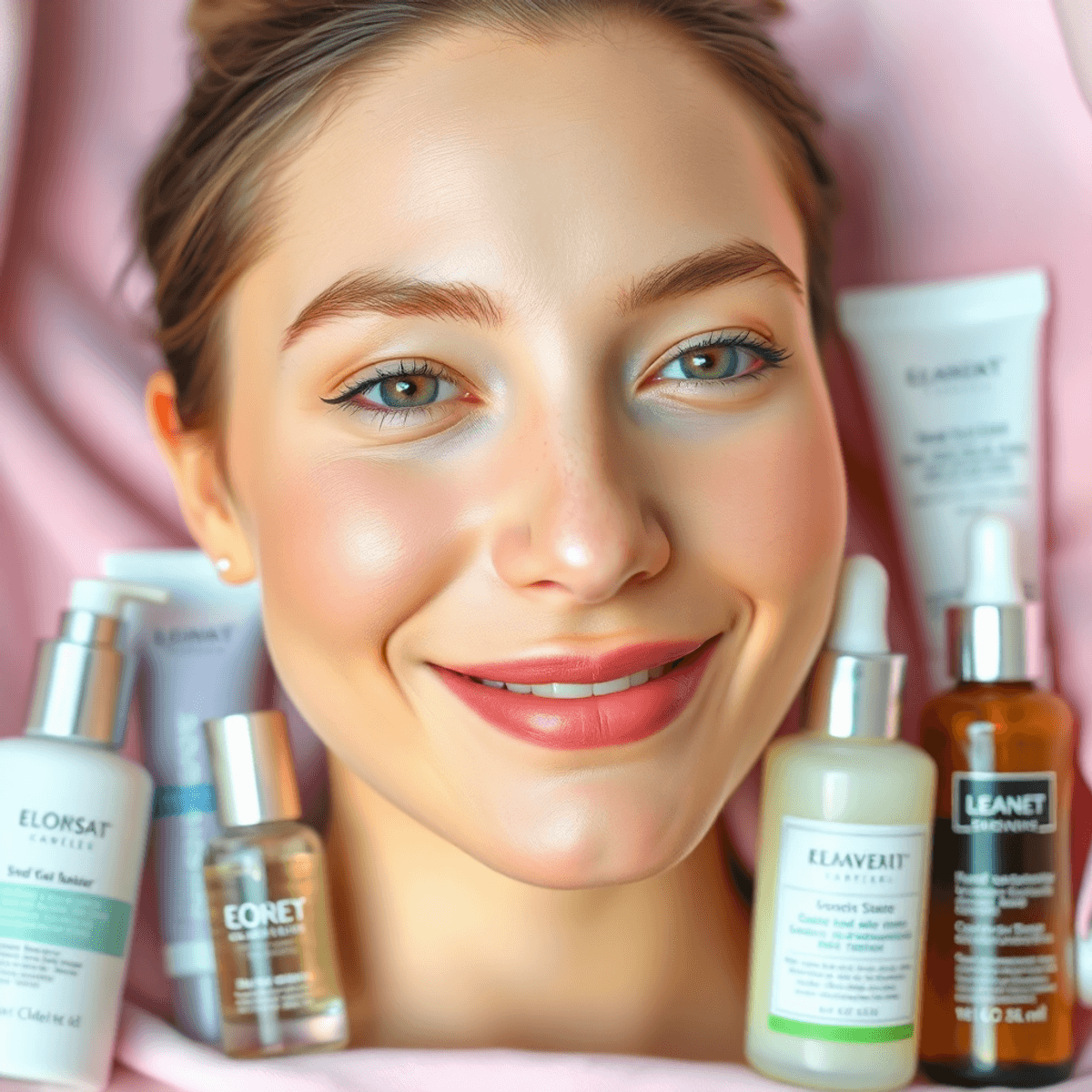
Introduction
Dealing with pimples can feel like an endless battle. You wake up, check the mirror, and there it is – another unwanted breakout affecting your confidence and self-image. You’re not alone in this struggle; millions of people worldwide face similar skin challenges daily.
Acne doesn’t just impact your physical appearance. It can trigger anxiety, social withdrawal, and decreased self-esteem. Many people report feeling less confident during job interviews, social gatherings, or even casual interactions when dealing with persistent breakouts.
This comprehensive guide will equip you with practical solutions to tackle your skin concerns head-on. You’ll discover:
- Effective treatment options – from over-the-counter products to professional interventions
- Prevention strategies – daily skincare routines and lifestyle adjustments
- Quick relief methods – spot treatments and emergency solutions
- Long-term management – maintaining clear skin through consistent care
- Professional guidance – knowing when to seek expert help
Whether you’re dealing with occasional breakouts or persistent acne, you’ll find actionable steps to achieve clearer, healthier skin. Let’s dive into understanding what causes these troublesome spots and how you can effectively address them.
Understanding Pimples
Pimples come in various forms, each requiring specific treatment approaches. Let’s explore the main types you might encounter:
Common Types of Pimples:
- Whiteheads: Closed comedones that appear as small, white bumps under the skin
- Blackheads: Open comedones with dark appearances due to oxidation
- Papules: Small, red, tender bumps
- Pustules: Red, inflamed spots with white/yellowish centers
- Cystic Acne: Deep, painful bumps filled with pus
- Blind Pimples: Hard lumps under the skin without a visible head
Formation Process:
Your skin contains sebaceous glands that produce oil (sebum). When these glands produce excess oil, it combines with dead skin cells and bacteria, blocking your pores. This blockage leads to inflammation and different types of pimples.
Key Triggers and Causes:
1. Hormonal Changes
- Puberty
- Menstrual cycles
- Pregnancy
- Stress-induced hormonal fluctuations
2. Lifestyle Factors
- Poor diet high in refined sugars
- Lack of sleep
- Excessive sweating without cleansing
- Using comedogenic products
3. Environmental Influences
- High humidity
- Pollution
- UV exposure
- Friction from tight clothing or equipment
Body-Specific Breakouts:
Pimples can appear anywhere on your body. Buttocks acne (folliculitis) typically results from tight clothing, sweat, or bacterial infection. These bumps require different treatment approaches compared to facial acne.
The Role of Genetics:
Your genetic makeup influences your skin’s oil production, pore size, and inflammatory response. Understanding your genetic predisposition helps create targeted treatment strategies.
Daily Skincare Routine for Acne Prevention
A consistent skincare routine serves as your first line of defense against stubborn acne. Your daily habits can make or break your skin’s health, influencing how your skin responds to treatments and environmental factors.
Morning Routine Steps:
- Gentle Cleansing
- Use lukewarm water to open pores
- Apply a mild, pH-balanced cleanser
- Massage in circular motions for 60 seconds
- Rinse thoroughly with cool water
- Toning (Optional)
- Apply alcohol-free toner with a cotton pad
- Focus on T-zone and acne-prone areas
- Treatment Products
- Apply prescribed medications or active ingredients
- Wait 2-3 minutes for absorption
- Moisturize
- Use lightweight, non-comedogenic formulas
- Apply to slightly damp skin for better absorption
- Sunscreen
- SPF 30 or higher
- Reapply every 2-3 hours when outdoors
Evening Routine Steps:
- Double Cleansing
- First cleanse: oil-based cleanser to remove makeup
- Second cleanse: water-based cleanser for deep cleaning
- Exfoliation (2-3 times weekly)
- Chemical exfoliants preferred over physical scrubs
- BHA (salicylic acid) for acne-prone skin
- AHA (glycolic acid) for surface-level concerns
- Treatment Products
- Apply serums or spot treatments
- Target specific concerns (redness, inflammation)
- Night Moisturizer
- Rich in healing ingredients
- Avoid heavy oils if acne-prone
Essential Tips:
- Change pillowcases twice weekly
- Use clean towels for face-drying
- Avoid touching your face throughout the day
- Clean phone screens regularly
- Remove makeup before workouts
Red Flags to Watch:
- Excessive dryness or peeling
- Increased sensitivity
- Burning sensation
Over-the-Counter Treatments for Pimples
Over-the-counter (OTC) treatments offer powerful solutions for managing pimples across different body areas. These accessible options contain specific active ingredients proven to combat acne effectively.
Key Active Ingredients
1. Benzoyl Peroxide (2.5% – 10%)
- Kills acne-causing bacteria
- Reduces inflammation
- Works best for inflammatory acne
- Start with lower concentrations to minimize irritation
- Apply a thin layer to affected areas
2. Salicylic Acid (0.5% – 2%)
- Unclogs pores by dissolving dead skin cells
- Reduces excess oil production
- Ideal for blackheads and whiteheads
- Safe for daily use
- Can be used as spot treatment or all-over application
Recommended Products and Usage
For Face Pimples
- CeraVe Acne Foaming Cream Cleanser (4% benzoyl peroxide)
- Paula’s Choice 2% BHA Liquid Exfoliant (2% salicylic acid)
- La Roche-Posay Effaclar Duo (5.5% benzoyl peroxide)
For Body Acne
- PanOxyl Acne Foaming Wash (10% benzoyl peroxide)
- Neutrogena Body Clear Body Wash (2% salicylic acid)
- CeraVe SA Body Wash (salicylic acid)
Application Tips
Morning Treatment
- Cleanse skin
- Apply salicylic acid treatment
- Wait 5 minutes
- Apply moisturizer
- Use sunscreen (active ingredients increase sun sensitivity)
Evening Treatment
- Cleanse skin
- Apply benzoyl peroxide treatment
- Wait 5 minutes
- Apply moisturizer
Additional Active Ingredients
Alpha Hydroxy Acids (AHAs)
Glycolic acid and lactic acid help remove dead skin cells and improve skin texture.
Sulfur
Sulfur is another ingredient that can be found in some OTC acne products, known for its ability to reduce oiliness and unclog pores.
These additional ingredients may also be beneficial in treating acne, depending on your specific skin type and concerns.
Spot Treatments for Quick Relief
Need to tackle a sudden breakout? These fast-acting spot treatments can help reduce the appearance of pimples quickly.
Ice Application Technique
- Wrap an ice cube in a clean cloth
- Apply to the affected area for 1 minute
- Remove for 5 minutes
- Repeat up to 3 times per session
- Use this method 2-3 times daily
Ice reduces inflammation, redness, and swelling while numbing the area to provide pain relief.
DIY Aspirin Paste Recipe
- Crush 1-2 uncoated aspirin tablets
- Mix with 2-3 drops of water to form a paste
- Apply directly to the pimple using a cotton swab
- Leave on for 10-15 minutes
- Rinse with lukewarm water
Aspirin contains salicylic acid, which helps reduce inflammation and unclog pores.
Quick-Relief Home Remedies
- Tea Tree Oil: Dilute with carrier oil, apply with cotton swab
- Raw Honey: Apply a small amount directly to the spot
- Green Tea Bag: Cool used tea bag, press gently on affected area
- Aloe Vera Gel: Apply fresh gel from plant or pure store-bought option
Important Tips for Spot Treatment Success
- Clean your hands thoroughly before applying any treatment
- Use fresh, clean cotton swabs or applicators
- Never apply spot treatments to broken skin
- Test new remedies on a small area first
- Don’t layer multiple spot treatments simultaneously
- Allow 24 hours between trying different methods
These spot treatments work best when applied at the first sign of a breakout. For blind pimples (those painful bumps under the skin), warm compresses can help bring the infection to the surface, making it easier to treat.
Face Masks and Their Benefits for Acne-Prone Skin
Face masks are powerful tools in your fight against stubborn pimples. These treatments deliver concentrated ingredients deep into your skin, targeting acne at its source.
Types of Face Masks for Acne
1. Clay-Based Masks
- Kaolin clay absorbs excess oil and draws out impurities
- Bentonite clay detoxifies and shrinks enlarged pores
- Green clay reduces inflammation and balances oil production
2. Salicylic Acid Masks
- Penetrates deep into pores to dissolve dead skin cells
- Prevents future breakouts by keeping pores clear
- Works best when left on for 10-15 minutes twice weekly
3. Sulfur-Based Masks
- Natural antibacterial properties fight acne-causing bacteria
- Reduces oil production without over-drying
- Ideal for sensitive skin types prone to irritation
4. Natural Ingredient Masks
- Tea tree oil masks provide antimicrobial benefits
- Honey masks offer natural healing properties
- Aloe vera masks calm inflammation and redness
How to Apply Face Masks for Maximum Benefits
- Always start with clean, dry skin.
- Apply an even layer using clean fingers or a brush.
- Remove with lukewarm water and gentle circular motions.
- Follow with your regular moisturizer.
How Often Should You Use Face Masks?
- Oily skin: 2-3 times per week
- Combination skin: 1-2 times per week
- Sensitive skin: Once per week
Warning Signs to Watch Out For
- Redness lasting more than an hour
- Burning or stinging sensations
- Increased breakouts or irritation
You can enhance your mask’s effectiveness by using it after a warm shower when your pores are open. For spot treatment, apply a thin layer of mask directly on problem areas and leave overnight.
Remember to patch test new masks on a small area of skin before full application. Different skin types respond uniquely to various ingredients, so you might need to experiment with different formulations to find your perfect match.
Lifestyle Changes to Support Clearer Skin
Your daily habits play a crucial role in maintaining clear, healthy skin. Making specific lifestyle adjustments can significantly reduce breakouts and improve your skin’s appearance.
Diet and Skin Health
A balanced diet rich in skin-supporting nutrients can help prevent pimples and promote healing:
- Omega-3 fatty acids: Found in salmon, sardines, and chia seeds, these nutrients reduce inflammation
- Zinc-rich foods: Pumpkin seeds, legumes, and lean meats support skin repair
- Antioxidant-packed fruits: Berries, citrus fruits, and green leafy vegetables protect skin cells
- Probiotics: Yogurt, kefir, and fermented foods balance gut health, reflecting on skin clarity
Foods to limit or avoid:
- Refined sugars and processed carbohydrates
- Dairy products (especially for those with sensitivity)
- Greasy, fried foods
- High-glycemic foods that spike blood sugar
Hydration for Skin Health
Your skin needs proper hydration to maintain its protective barrier and natural healing processes:
- Drink 8-10 glasses of water daily
- Track your water intake using smartphone apps
- Include hydrating foods like cucumbers and watermelon
- Reduce caffeine and alcohol consumption
Stress Management Techniques
Stress triggers hormonal changes that can lead to breakouts. Implement these practices:
- Physical Activity
- Regular exercise reduces stress hormones
- 30 minutes of daily movement improves circulation
- Yoga combines movement with mindfulness
- Sleep Hygiene
- Maintain a consistent sleep schedule
- Aim for 7-9 hours of quality sleep
- Use clean pillowcases and bedding
- Mindfulness Practices
- Deep breathing exercises
- Regular meditation sessions
- Journaling to process emotions
Environmental Factors
Create a skin-friendly environment:
- Keep phone screens clean
- Use clean towels for face drying
- Avoid touching your face throughout the day
- Maintain clean makeup brushes and tools
These lifestyle modifications work together to create
When to Seek Professional Help for Acne Treatment
While over-the-counter treatments work for many people, certain signs indicate it’s time to consult a dermatologist for specialized care:
1. Persistent Acne
- Your breakouts haven’t improved after 6-8 weeks of consistent treatment
- You develop new pimples before existing ones heal
- Acne appears in multiple areas (face, chest, back, buttocks)
2. Severity Indicators
- Deep, painful cystic acne
- Large, inflamed nodules under the skin
- Widespread blackheads resistant to typical treatments
- Recurring breakouts in specific areas like chin or jawline
3. Physical Impact
- Development of scarring or dark spots
- Formation of keloids or raised scars
- Persistent redness or inflammation
- Skin texture changes
4. Emotional Effects
- Decreased self-confidence due to acne
- Social anxiety related to skin appearance
- Depression or mood changes linked to skin condition
A dermatologist can provide:
Professional Treatment Options
- Prescription-strength topical medications
- Oral antibiotics for severe cases
- Hormonal treatments for acne related to hormonal imbalances
- Chemical peels or professional extractions
- Laser therapy for active acne and scarring
- Isotretinoin for severe, resistant cases
Specialized Solutions
- Custom treatment plans based on your skin type
- Combination therapy approaches
- Professional guidance on skincare routines
- Regular monitoring and adjustments to treatment
You should also consider professional help if you experience unusual breakouts in specific areas like bumps on arms or persistent acne on buttocks, as these might indicate conditions requiring different treatment approaches than facial acne.
A dermatologist can identify underlying causes and create targeted solutions for various concerns, from overnight spot treatments to long-term management strategies for different body areas affected by acne.
Addressing Pimple Scars and Dark Spots After Breakouts
Pimple scars and dark spots can persist long after your breakouts have cleared. Understanding the different types of scarring helps you choose the right treatment approach:
Types of Acne Scars:
- Ice Pick Scars: Deep, narrow indentations
- Rolling Scars: Wave-like depressions
- Boxcar Scars: Angular depressions with sharp edges
- Post-Inflammatory Hyperpigmentation (PIH): Dark spots or patches
Topical Treatments for Dark Spots:
- Vitamin C serums brighten skin and fade discoloration
- Retinoids promote cell turnover and collagen production
- Alpha-hydroxy acids (AHAs) help exfoliate and lighten spots
- Niacinamide reduces inflammation and evens skin tone
Professional Treatment Options:
- Chemical peels remove damaged skin layers
- Microdermabrasion buffs away surface scarring
- Laser therapy targets deep scars and discoloration
- Dermal fillers temporarily fill depressed scars
Natural Remedies:
- Rosehip oil contains vitamin A and essential fatty acids
- Aloe vera gel soothes and promotes healing
- Lemon juice (diluted) acts as a natural lightening agent
- Raw honey provides antibacterial properties
Prevention Tips:
- Apply sunscreen daily to prevent dark spots from darkening
- Avoid picking at active breakouts
- Use gentle exfoliation methods
- Keep skin moisturized to support healing
For stubborn body acne scars, including those on the buttocks, use products containing salicylic acid or glycolic acid. These ingredients help unclog pores and promote skin cell turnover. Regular exfoliation with a gentle body scrub can help improve texture and reduce the appearance of scarring.
Maintaining a Consistent Skincare Routine for Long-Term Results
Your path to clear skin requires dedication and persistence. A consistent skincare routine creates lasting results – think of it as a daily investment in your skin’s health.
Key Elements of a Sustainable Routine:
- Set specific times for your morning and evening skincare rituals
- Track your progress with photos to stay motivated
- Keep your products organized and easily accessible
- Replace products before they expire
- Listen to your skin’s needs and adjust accordingly
Tips for Staying Consistent:
- Start small – begin with basic cleansing and moisturizing
- Add new products gradually
- Keep your routine simple and manageable
- Set reminders on your phone if needed
- Store products where you can see them
Remember that clear skin takes time. You might experience setbacks, but don’t let them discourage you. Each person’s skin responds differently to treatments – what works quickly for others might take longer for you.
Success Indicators:
- Reduced frequency of breakouts
- Improved skin texture
- Enhanced natural glow
- Boosted confidence
Stay committed to your routine, celebrate small improvements, and be patient with your progress. Your future self will thank you for the care and attention you give your skin today.
FAQs (Frequently Asked Questions)
What are the common causes of pimples?
Pimples can be caused by a variety of factors including hormonal changes, diet, stress, and environmental influences. Understanding these triggers can help in managing and preventing breakouts.
How can I quickly get rid of a pimple?
For quick relief from a pimple, you can use spot treatments that contain ingredients like benzoyl peroxide or salicylic acid. Additionally, applying ice or a DIY paste made from crushed aspirin can help reduce inflammation and redness.
What is an effective skincare routine for acne prevention?
A basic skincare routine for acne-prone skin should include gentle cleansing twice daily, moisturizing with non-comedogenic products, and regular exfoliation to remove dead skin cells. Consistency is key to preventing breakouts.
When should I seek professional help for acne treatment?
If over-the-counter treatments are not effective after several weeks, or if your acne is severe and impacting your self-esteem, it may be time to consult a dermatologist for personalized treatment options.
How can I treat pimple scars and dark spots after breakouts?
Pimple scars and dark spots can be treated using topical treatments containing ingredients like retinoids or vitamin C. Professional options such as chemical peels or laser therapy may also be considered for more significant results.
What lifestyle changes can support clearer skin?
Maintaining a healthy diet rich in fruits and vegetables, staying hydrated, and managing stress through techniques like meditation or exercise can significantly contribute to clearer skin and reduce the likelihood of breakouts.


